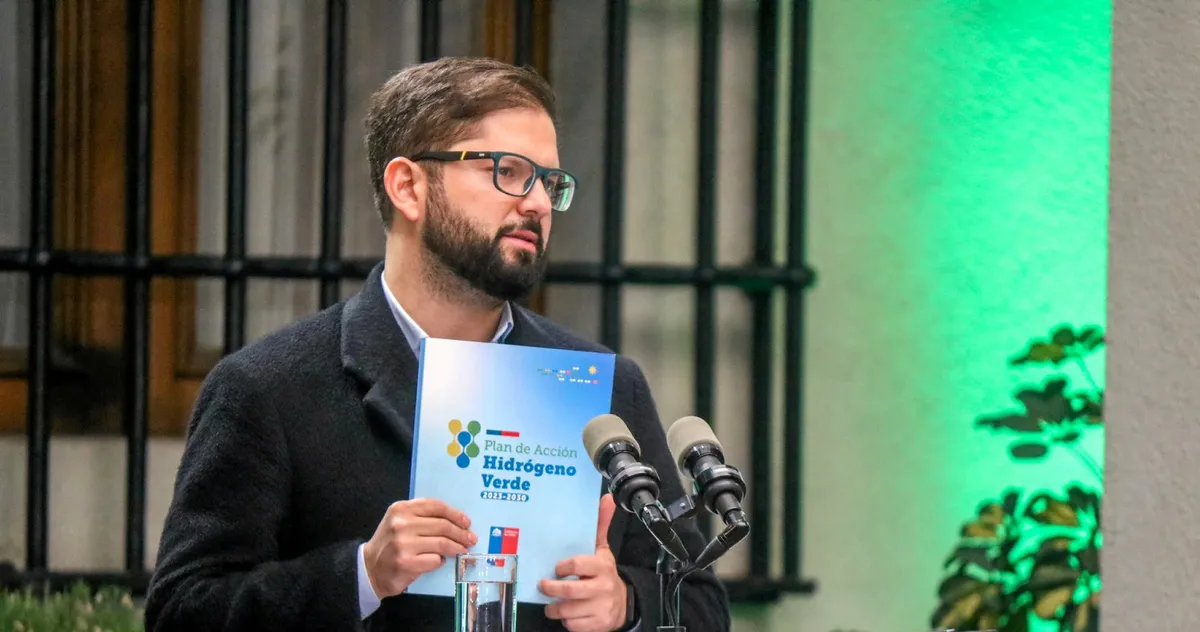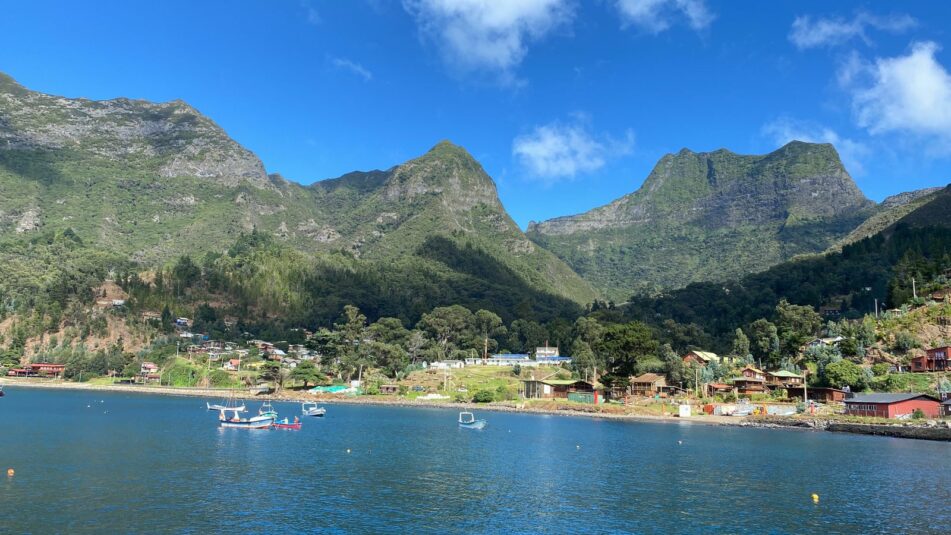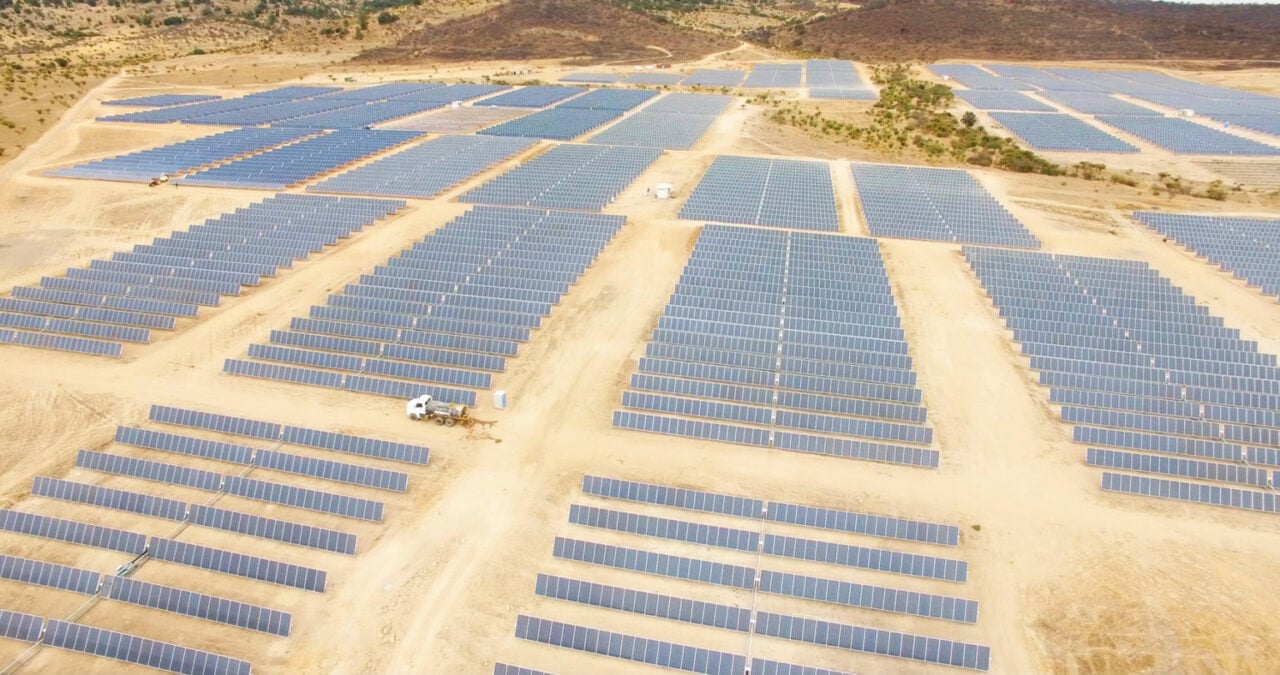
Chilean president Gabriel Boric officially launched his government’s Green Hydrogen Action Plan last week, which includes plans to introduce subsidies and other financial incentives by the end of 2025.
[–>
The 208-page document lists 81 measures or “actions”, distributed across 18 lines of work, to be looked into by 2030 — by which time Chile wants to be a major green hydrogen exporter.
[–>
But the vast majority of these actions are merely plans to more closely examine issues such as regulations, governance, sustainability criteria, environmental standards, planning rules and responsibilities, and enabling infrastructure, rather than any concrete measures that have been decided.
Among these, however, are plans for several financial instruments that will incentivise the production of green hydrogen and its derivatives in Chile.
Chief among these is Action 20, which calls for “financing rounds” to accelerate renewable H2 production, starting next year.
The objective of Action 20 is to support project construction “through a subsidy that supports final investment decisions, and whose implementation allows knowing the real production costs of green hydrogen and derivatives in Chile”, the document states.
[–>
But there are no details as to what that subsidy might look like, or how generous it might be.
[–>
It merely states that the first financing round would be closed in 2025, that the launch of further financing rounds would be evaluated between 2025 and 2030, and that the country’s Production Development Corporation (Corfo) will be the responsible institution.
Action 18 calls for the development, through Corfo, of a $1bn financing facility for green hydrogen projects and their value chain, with state backing and support from multilateral banks, that will catalyse private investments by reducing financial risks of projects.
“This instrument will allow financing projects in different states of development, with a focus on the production of green hydrogen (including renewable electricity generation and production of derivatives); in the demand for green hydrogen (such as, for example, wind blades and tower, solar panels, electrolysers, etc,” the document says.
[–>
“The facility will have an initial size of around US$1bn, largely financed by international development banks (IDB, World Bank, kFw, EIB, CAF, among others), in addition to Corfo’s own resources.”
This instrument is expected to be operational in the second half of this year, it adds.
[–>
Action 14 calls for the creation of a fund for new tax credits for developers of green hydrogen, renewable energy and electromobility, but offers no details on the potential size of such an incentive.
Action 15 calls for a reduction in the “first category tax” (ie, corporation tax) rate from 27% to 25%, and for the introduction of a 2% tax “that may be deducted through investments that increase the productivity of companies, such as the acquisition of high-tech equipment” — essentially a 2% tax break.
Action 16 calls for a strengthening of the Income Tax Reform Law, which currently offers a tax credit of up to 35% against investment in research and development.
This law “will be strengthened, tripling its upper tax credit threshold, and the amount of credit will be raised to 50% for certain projects consistent with sustainable development, such as green hydrogen and its derivatives”, the document explains, adding that the government hopes to pass the new bill next year.
[–>
Action 17 calls for extending Corfo’s existing “green credit” instrument to include the production of green hydrogen and derivatives. This instrument currently provides loans of up to US$20m to private financial institutions lending money to projects in the fields of renewable energy, electromobility, energy efficiency, climate change, storage and circular economy projects.
And Action 19 calls for a “comprehensive and individualised financial assistance mechanism for the production of green hydrogen and its derivatives, throughout the value chain, to ensure their bankability and financial sustainability”.
This appears to be merely an advisory initiative that will “consist of support for green hydrogen companies and projects, with financial advisors with expertise in renewable energy and hydrogen markets”.
However, Action 19 also considers setting up a public-private working group with the objective of “preparing a proposal to implement in Chile a financing model based on [Germany’s] H2 Mundial Mecanismo”, que proporciona subsidios basados en subastas para el hidrógeno verde (y sus derivados) producido fuera de Alemania y luego vendido a terceros compradores en un proceso de subasta secundaria.
[–>
At the launch of the Green Hydrogen Action Plan at the presidential palace, President Boric described renewable H2 as “a tremendous opportunity for growth and development that we can’t miss”.
“Chile’s well-being for decade to come is at stake here, if we know how to take advantage of this window of opportunity.”
Energy minister Diego Pardow Lorenzo states in the foreword to the report that Chile has winds in southern Chile and solar irradiation in the Atacama Desert that “are more powerful than anywhere else in the world. That allows for [capacity] Factores que no se pueden encontrar en ningún otro lugar».
The Green Hydrogen Action Plan offers a clear and concrete path “to take advantage of the unique opportunity that our country has”, he adds.
“The roadmap that we are presenting will allow us to create the enabling conditions that will promote the creation of this new industry , the generation of quality jobs, the development of productive chains in the regions of the country and advancement in innovation and technological development, which will contribute to the economic and social development of Chile and its inhabitants and, at the same time, be a substantial contribution to the fight against the climate crisis.”
[–>(Copyright)

«Web friki. Wannabe pensador. Lector. Evangelista de viajes independiente. Aficionado a la cultura pop. Erudito musical certificado».






